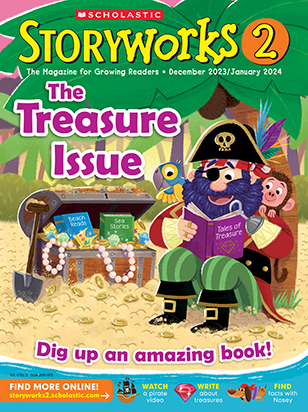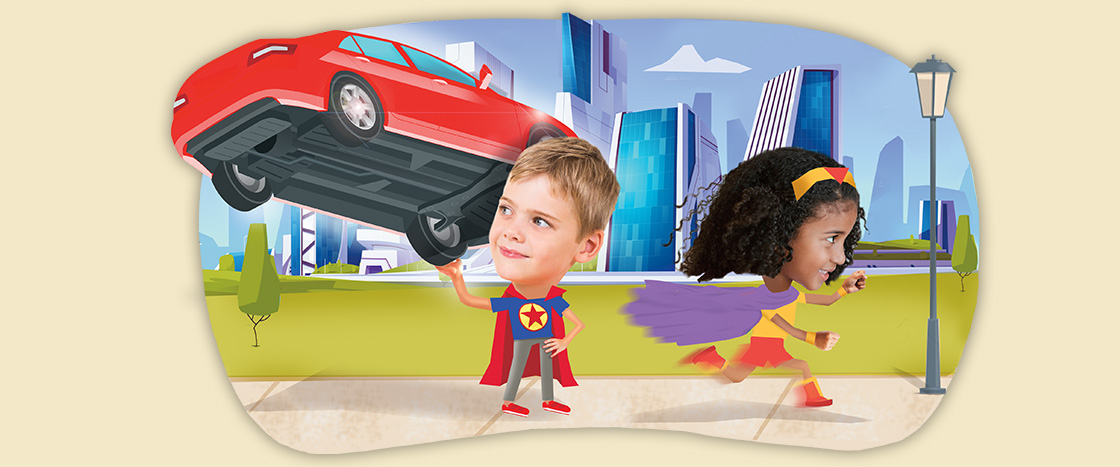Claire
First, it would be great to be the fastest kid in school. You would win every race!
Next, you could finish your chores in a flash. Cleaning your room would be no problem. Then you would have more time to play.
Last, you could travel to places really fast. You could run across the country in just a few minutes!

